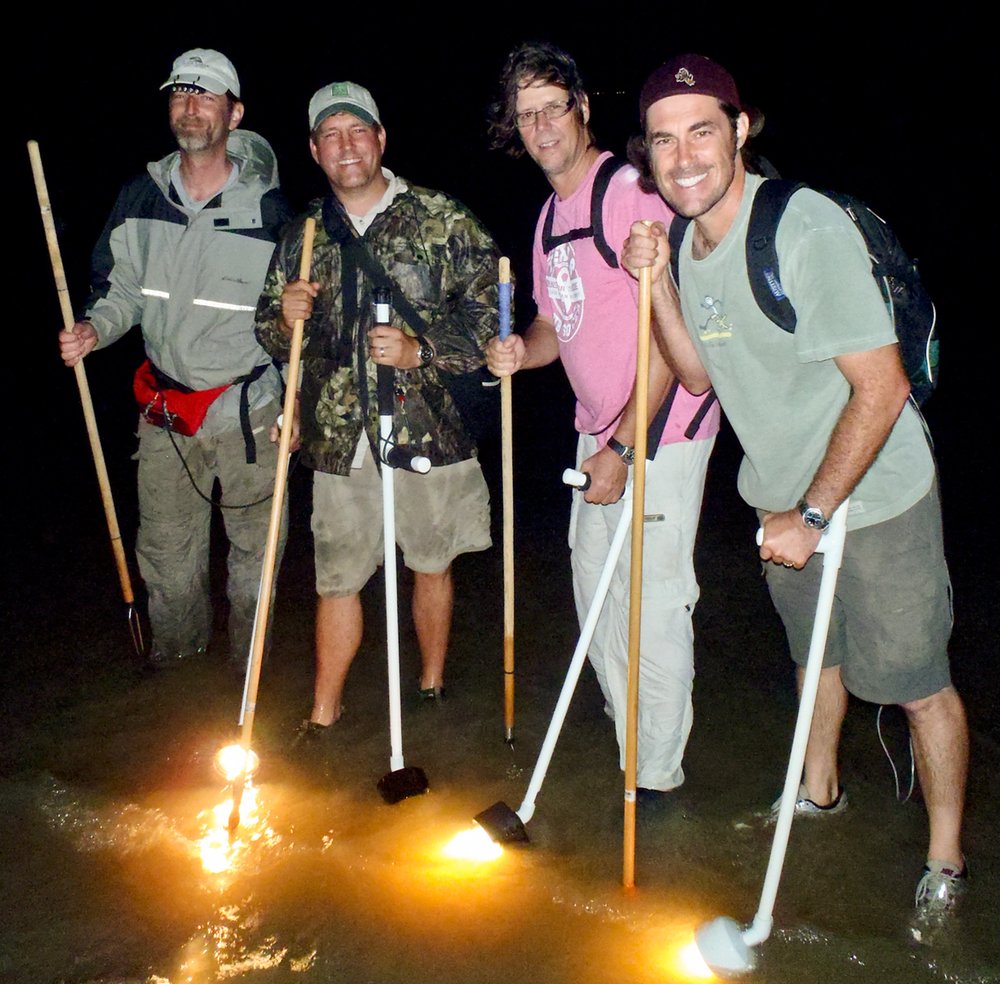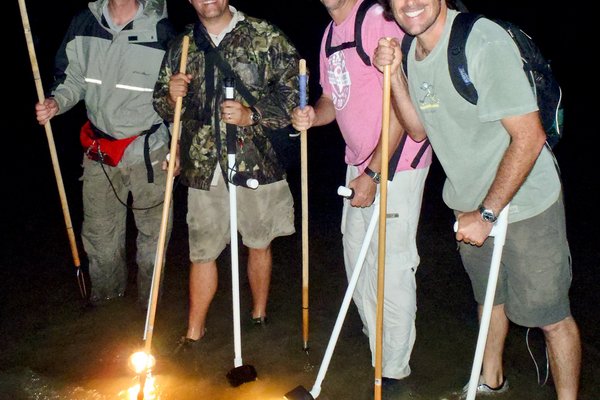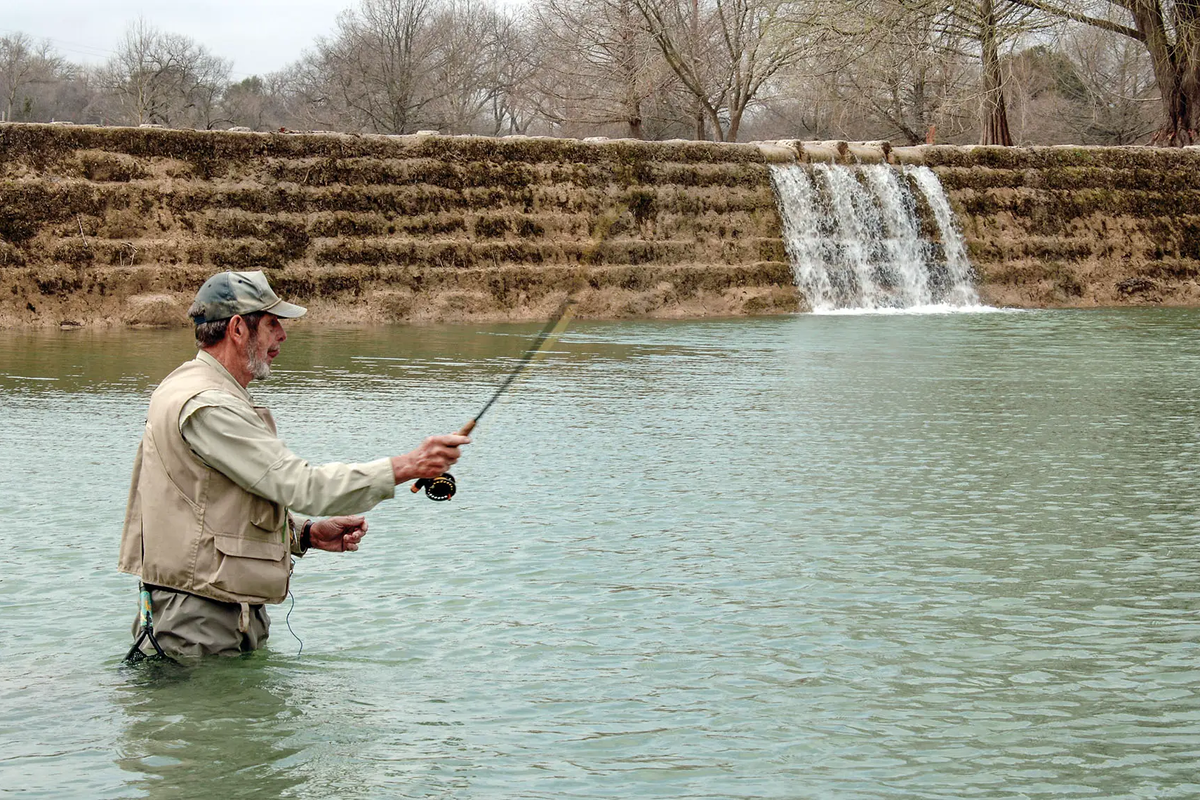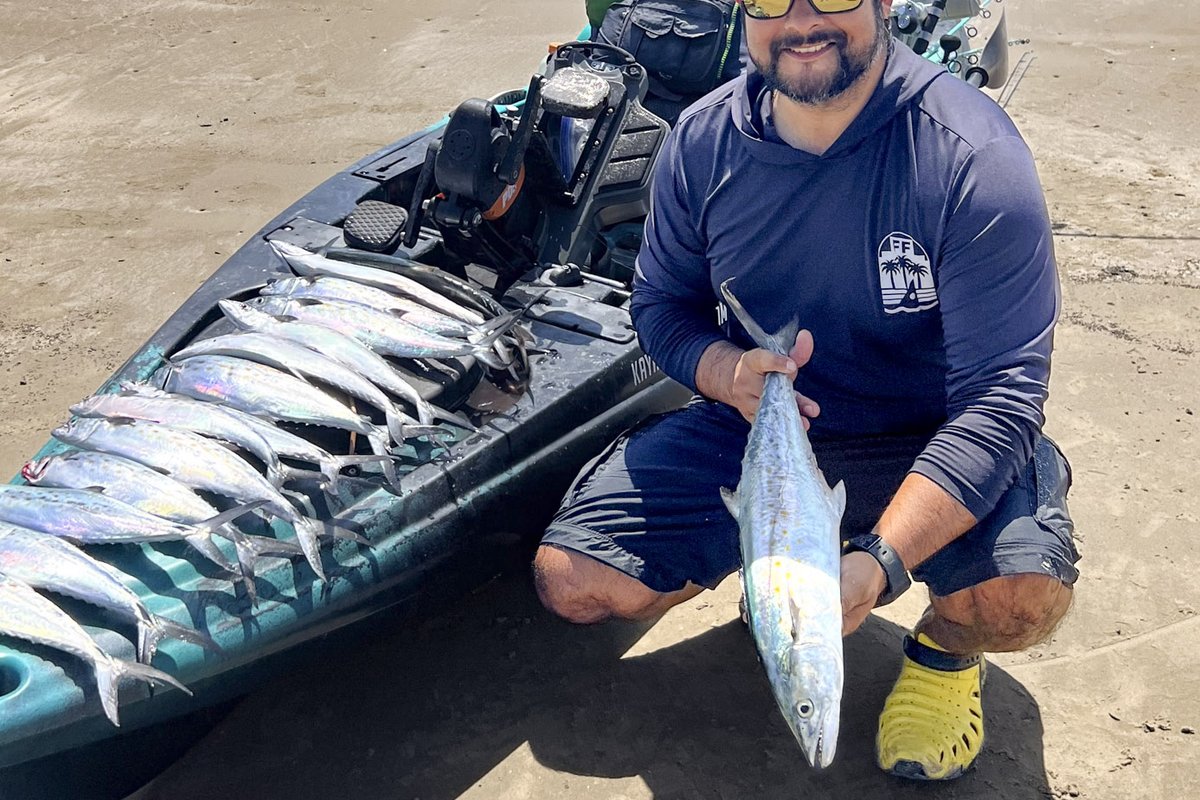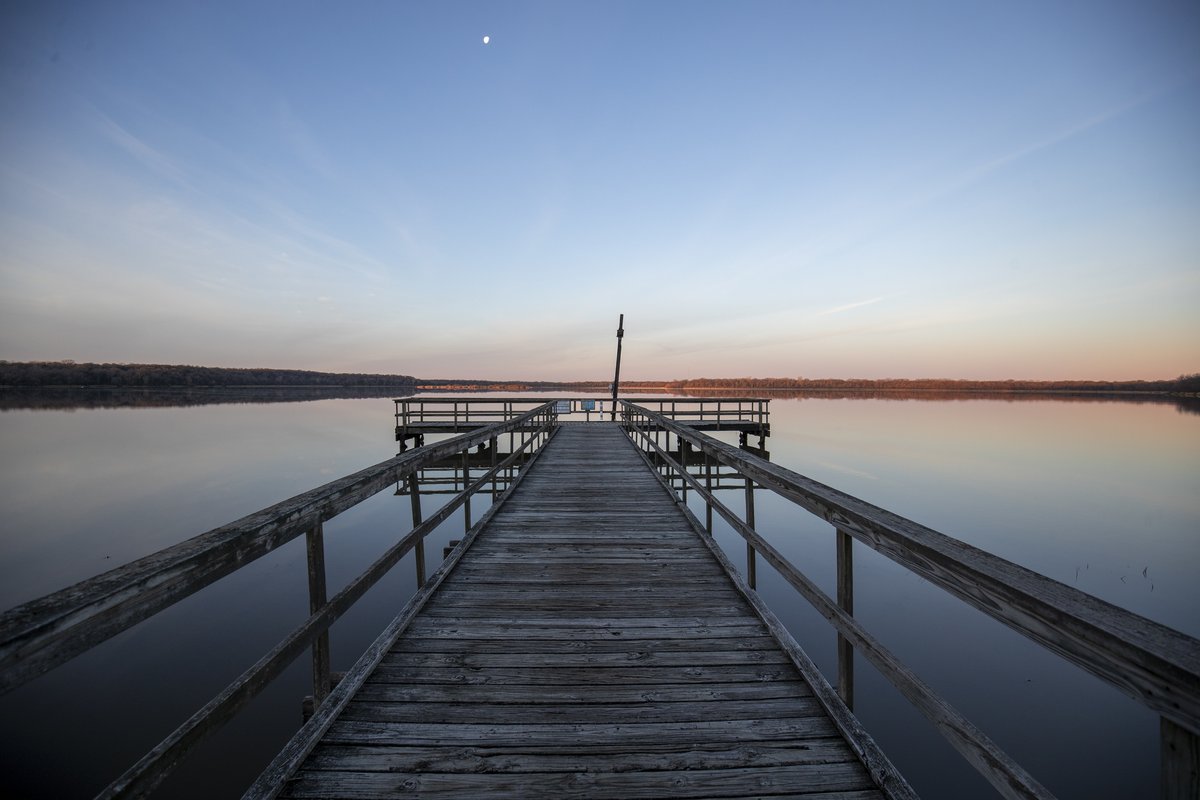In the world of nighttime flounder fishing, you don’t need to be an Aggie to gig ’em. You just need to be able to stay up when other anglers have gone to bed.
While some anglers find success fishing for flounder in the early morning, fishing for them at night with a gig, or multipronged spear, is a popular way to catch a daily bag limit of this tasty flatfish. Flounder often enter the shallows at night to feed. With lights and a gig, anglers can stalk and catch them.
After listening to the public and looking at data sets from previous decades, it became clear that TPWD did not have enough data about flounder harvested at night, especially related to anglers who use a gig.
This year, a team of Coastal Fisheries biologists began a pilot study to research nighttime flounder fishing activity on the coast.
Flounder are a unique species of flatfish unusually adapted for their way of life on the bottom of the sea. Both eyes in adults are on the “up” side of the head, and the pigmentation of the upper side of the body can be varied to match the surrounding environment. A small body cavity and the absence of an air bladder aid the flounder in maintaining its position on the bottom.
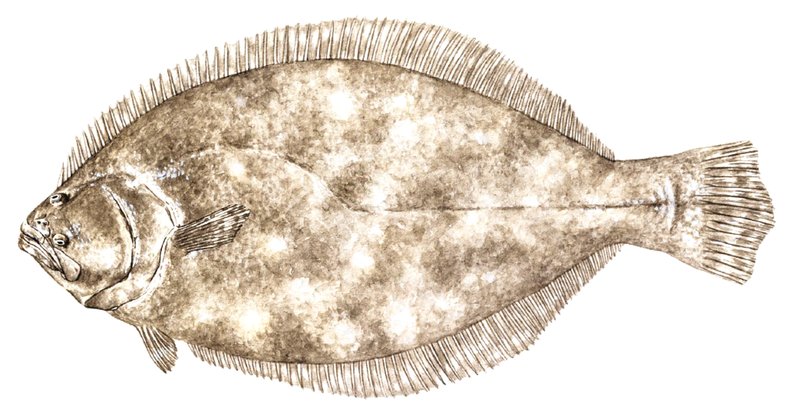
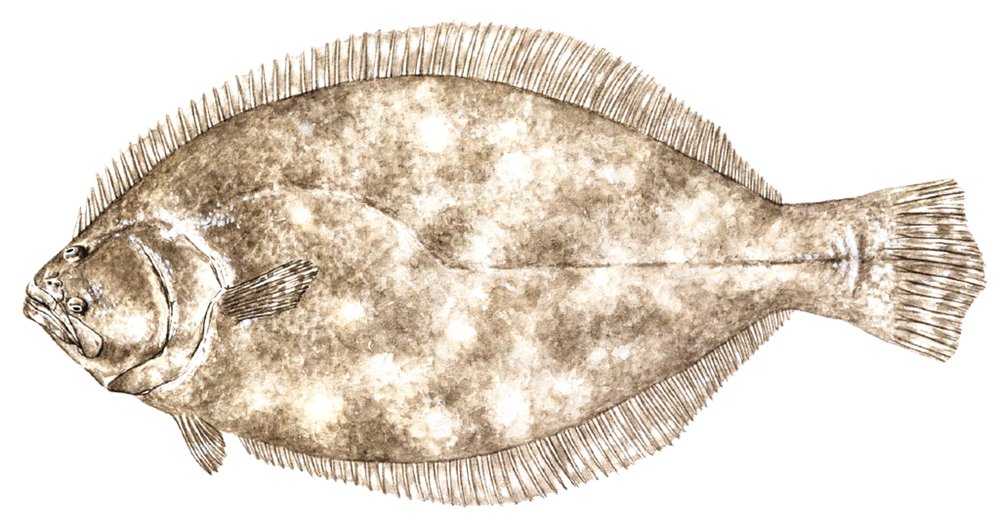
TPWD will use a variety of methods to capture information from flounder giggers and anglers, including nighttime creel surveys, nighttime roves and the opportunity for flounder enthusiasts to self-report their catches through TPWD’s My Hunt Harvest app. TPWD Coastal Fisheries staff will conduct nighttime creel surveys to capture harvest information on flounder being caught between sunset and sunrise. Additionally, rove surveys, which use staff and traffic counters to count the number of boat trailers using a ramp, will be conducted overnight.
A new addition to this research is the use of community science data through the My Hunt Harvest app. The app includes a new flounder section where anglers in any bay system in Texas can report their flounder catch, day or night. There is no need to divulge your secret fishing spot — just add the number of flounder caught, boat ramp used, which bay system you fished and the date, and you’ll help add valuable data to this project.
By utilizing community science data from the app, TPWD will be able to make better overall management decisions for flounder. This new method of flounder data collection gives anglers the opportunity to ensure that this important fishery is sustainable for future generations.
